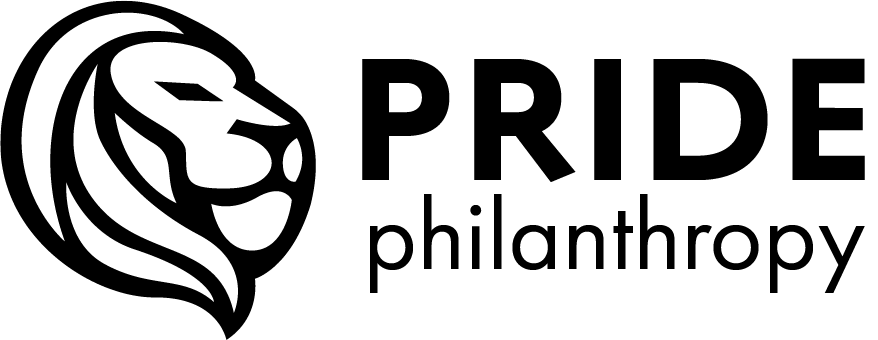How to Tailor Your Fundraising Approach to Each Generation
If you’ve stared at the year‑end dashboard with some gift areas being steady with others feeling stuck, it might not be your CRM’s fault. It could be the way you translate your mission to each generation. Direct mail, social media, and clever QR codes have their place, but the bulk of sustainable revenue still comes from personal, values‑driven conversations that invite donors to invest meaningfully in your vision. Though, those values can be different depending on the era that someone was born and the time they were brought up.
Below is a generation‑by‑generation playbook that focuses on the messaging cues that inspire deeper commitments while keeping tactical channels (online, mail, events) in their supporting roles.
These are not hard and fast rules, just trends across generations based on the data that is currently available. Keep in mind that every individual is going to be different.
Baby Boomers (1946‑1964) - “The Legacy Builders”
Mindset: Security, community pride, and leaving a tangible legacy. Boomers grew up writing physical checks and still hold more than half of U.S. household wealth.
Messaging Keys
Mission continuity – Show how their gift safeguards a program/service they already love beyond their lifetime.
Personal testimony – Pair data with a relatable beneficiary story. Invite them to tour, meet staff, or receive project updates over coffee.
Values + family – Position planned giving or multi‑year pledges as a way to model generosity to children and grandchildren.
Generation X (1965‑1980) - “The Pragmatic Partners”
Mindset: Balancing kids, careers, and aging parents. Don’t need “fluff” and crave efficiency and measurable ROI. Now entering their peak earning years.
Messaging Keys
Specific outcomes – Translate gifts into clear, time‑bound results (e.g., “Your $10,000 comitmment equips an entire mobile unit for six months, allowing us to XYZ for our community…”).
Flexible commitments – Offer three‑year pledges, stock gifts, or even cryptocurrency transfers that fit their cash‑flow reality.
Peer accountability – Invite Gen X prospects to a small gathering with like‑minded professionals who already give at the same level. Gen X is the most likely out of any generation to get involved on a volunteer basis.
Millennials (1981‑1996) - “The Impact Investors”
Mindset: Average high student‑loan debt but growing disposable income. They vet transparency, ethical spending, and systemic change.
Messaging Keys
Co‑creation – Involve them in shaping a new program or pilot. Think about partnership and volunteer opportunities that feel collaborative and not transactional. Fundraising is a team sport for millennials.
Radical transparency – Live campaign dashboards, open financials, and quick check‑ins keep them confident their dollars work hard. You can probably be more transparent with millennials than you think.
Experiential stewardship – Host behind‑the‑scenes site visits or skill‑based volunteer days that deepen ownership of their involvement.
Generation Z (1997‑2012) - “The Activists”
Mindset: Still early in their earning power, distrust of “the system”, yet already shaping philanthropic culture through authenticity and activism.
Messaging Keys
Mission alignment – Highlight equity intersections. Gen Z is more likely to support missions that aren’t as personal to them and don’t mirror that identity than other generations.
Micro today, major tomorrow – Encourage recurring gifts at attainable levels, plus ambassador roles that grow into leadership giving as careers and incomes mature.
Creator partnerships – Peer‑led storytelling builds trust faster than institutional messaging. Gen Z generally is less trusting of “institutions” (even nonprofits) than other generations.
While these are general rules based on the era that people were born, this does not include the components of fundraising that are universal in fundraising like gratitude, recognition, and impact.
The lesson is simple: get to know your donors individually and talk to each person the way they process value, risk, and legacy. Just keep these trends in mind when wanting to appeal to people of different age groups.
Need more guidance? Explore our Nonprofit Board Training 101 video or connect with our team by sending us a message. We would love to learn more about your nonprofit!

